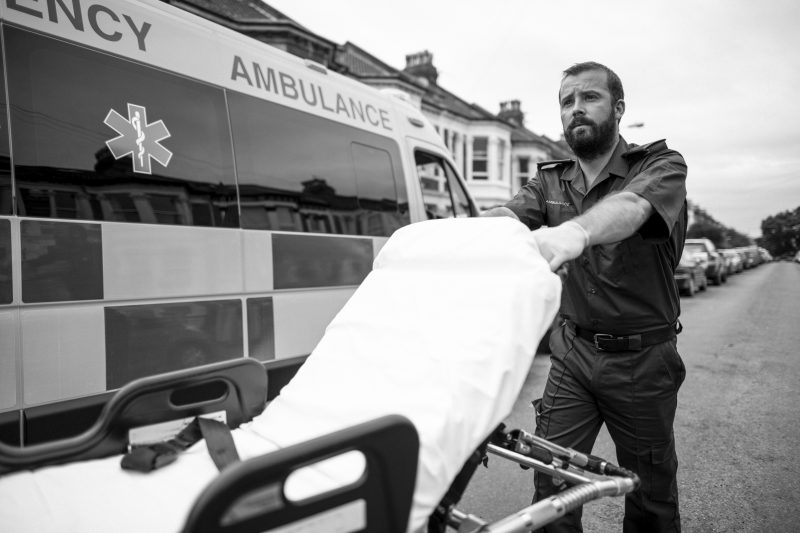Blood clotting is a necessary function in the human body as it prevents excessive bleeding following an injury. However, blood clotting can also be deadly, as some clots form inside of the body, restricting blood flow and oxygen to vital organs. When clots prevent normal blood flow and oxygen to the brain, there is a stroke. When clots develop in the coronary arteries, a deadly heart attack can occur. Blood clots that form in the veins and travel to the lungs can cause a pulmonary embolism (PE). Find out why blood clots in lungs (PE) are so dangerous and how they are connected to venous disease and leg health.
PE (Blood Clots In Lungs) And Venous Disease
Blood clots in lungs or PE are not formed in the lungs. Rather, the blood clots form elsewhere in the body, primarily the legs. There they are known as Deep Vein Thrombosis (DVT). If these clots break free, they can travel to the lungs, causing a life threatening PE.
Recent studies have also found a link between varicose veins and DVT, though it is unclear if varicose veins are the cause or if the two conditions merely share the same risk factors.
Other factors that increase the risk of developing a DVT include:
- Sedentary lifestyle

- Recent injury or surgery
- Side-effects of medications
- Weight gain and obesity
- Pregnancy
- Prolonged bed rest
- Side-effects of other medical conditions
- Prior history of blood clots
- Family history of blood clots.
Symptoms Of DVT And PE
You can learn how to recognize blood clot symptoms, and how to respond to your symptoms, with these tips. Do not wait. Seek medical attention.










